With streaming, podcasting, ASMR, and home recording becoming a thing, many aspiring content creators have started to look for XLR condenser microphones. The thing about many condenser microphones is that you'll need a phantom power supply to power the large diaphragm inside the microphone.
Some condenser microphones use batteries or USB to power their active electronics. But if you have an XLR condenser microphone, your only way of powering it is through phantom power.
So what is phantom power exactly? How does it work? And where can you get one?
What Is Phantom Power?
Phantom power is the mode of supplying DC voltage through a balanced audio connector to power a condenser microphone. To apply phantom power, you'll need a phantom power supply to produce the correct power and a balanced XLR connector to transmit this power to the microphone.
A phantom power supply is not a pre-amp, although it may sound like it. A pre-amp boosts frequencies by amplifying the audio signals coming from a microphone, whereas a phantom power supply provides the needed voltage your microphone requires to operate. Many recording setups use both devices for clear and audible audio outputs.
So why is it even called phantom power in the first place?
The term "phantom power" was coined in the 1960s after a successful attempt to fuse data and power lines in one cable. Before that, condenser microphones had a large separate power supply to provide the needed power for the device. This meant that operating a condenser microphone before the 60s meant having two separate cables, one for power and one for data output.
Since both cables were combined, it seemed like a hidden power source was powering the microphone. Thus, the industry started calling it phantom power.
How Phantom Power Works
Two components are needed for phantom power, a phantom power supply, and an XLR connector. First, let's start with how a phantom power supply works, then move to the XLR connector.
A condenser microphone uses active circuitry to function. This circuit must be supplied with the proper amount of power to work. Plugging your condenser mic straight from an electrical outlet will destroy the delicate circuitry within your microphone and likely trip your electrical service panel. For this reason, a dedicated phantom power supply must be used to power your condenser microphone.
Most condenser microphones usually require a smooth and steady 48V DC power. However, the power from an electrical outlet is likely 110V or 220V AC (depending on your country), and the task of a phantom power supply is to transform the electricity from your outlet into usable power for your microphone.
A phantom power supply might sound complicated, but it's just like any other power supply. And just like any other power supply, a phantom power supply is composed of a transformer, a rectifier, and filters. These components are arranged in a way that the incoming high voltage AC input becomes a smooth low voltage DC output. In general, this is a three-step process.
- Step 1: Lower the 110V/220V AC to 48V AC using a transformer.
- Step 2: Convert the 48V AC into pulsating 48V DC using a full-bridge rectifier.
- Step 3: Smoothen the pulsating 48V DC through a series of filters composed of capacitors and inductors.
Now you have the correct voltage and current needed to power your microphone. Next, it's time to transmit this power to the condenser microphone. And with that, let's talk about XLR power delivery and data transmission.
An XLR's balanced pins allow for power plus data transmission and common-mode rejection (CMR) capabilities. These functionalities are a big reason why an XLR cable is the best match for microphones, even with all the audio cables available.
An XLR connector is a three-prong audio connector that uses two of its pins to deliver power to active microphones and transmit data to audio processing devices.
An XLR connector uses pin-2 as a positive terminal, pin-3 as a negative terminal, and pin-1 as ground/shielding. Connecting your condenser microphone to the phantom power supply creates a bridge between the positive and negative XLR terminals, allowing current to flow, which then powers your microphone.
With power flowing through the active components of your microphone, sounds detected by your mic are converted into digital data. This data is transmitted to your audio recording device through the same pin-2 and pin-3 connections that power your microphone.
Aside from power delivery and data transmission using the same cable, balanced connectors like XLR also ensure a better audio output by utilizing its two pins to transmit two out-of-phase signals. These signals are then automatically stacked together when it reaches your audio processing device. This final audio output combines all the differences between both signals and cancels/rejects all the common signals resulting in one clean audio wave.
Awesome, now you know how phantom power works! But where can we get a phantom power supply?
Where to Source Phantom Power
Phantom power can be sourced in several devices. Finding the correct device that matches the content you want to create is an important consideration. Here are three of the most common devices where you can source phantom power.
1. Audio Mixer
These devices take microphone/instrument inputs and output audio signals through USB. Mixers also have pre-amps and various controls for mixing audio and adding various effects on the fly. A mixer is a great option if you're planning to go busking, streaming, or any other activity where you perform live, and audio needs to be pre-processed.
2. Audio Interface
An audio interface also takes microphone/instrument inputs and outputs them through USB. Having only a few controls, such as a gain knob and a phantom power button, audio interfaces are devices streamlined for audio recording. An audio interface will benefit you best if you do podcasts, voice-overs, general home studio recordings, or any instances where the audio will be post-processed for content.
Phantom Power Adaptors
The sole purpose of these devices is to provide phantom power to your microphone. They usually come as single or dual-channel adaptors. No extra features or controls make adaptors cheap, pocket-sized, and uncomplicated. It is an excellent option for those who only want to power their condenser microphones and nothing more.
Phantom Power Converts AC to DC
That's a lot of info to take in if you're new to audio recording.
To solidify what you've just learned: a phantom power supply is a step-down AC to DC converter commonly configured to produce 12V to 48V DC. Powering a condenser microphone on a single balanced cable is known as phantom power, and it's known as phantom power because the data wires of an XLR cable are the same wires that power the microphone.
You can apply phantom power to your condenser microphone through various phantom power supply devices such as a mixer, an audio interface, and a dedicated phantom power supply.
Now that you know what phantom power is, how it works, and what devices can act as phantom power supplies, you are now a step closer to producing better audio. Don't forget to buy a suitable phantom power supply for your needs and learn to use a DAW (Digital Audio Workstation) to maximize your microphone's potential!

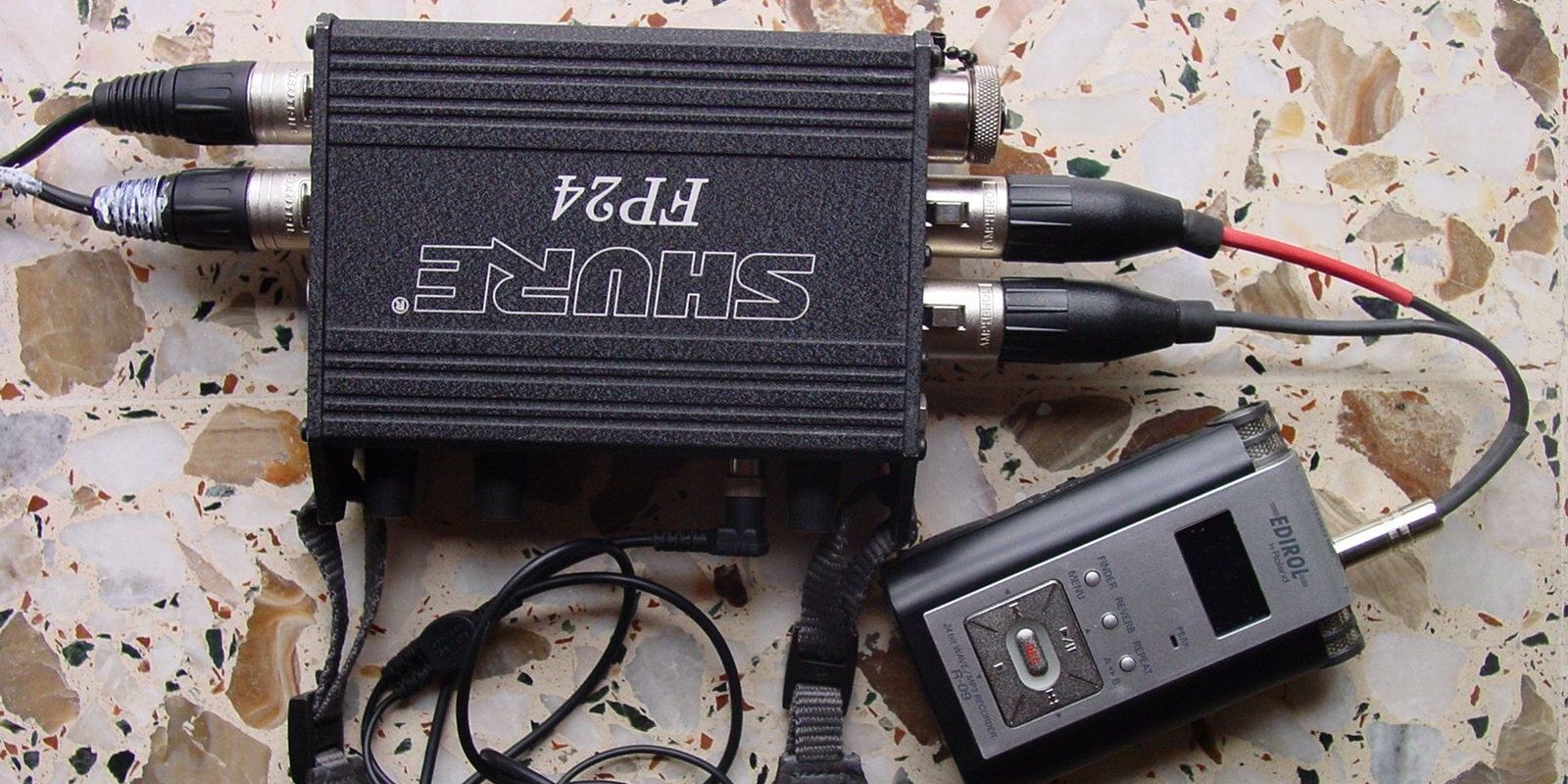
.jpg)
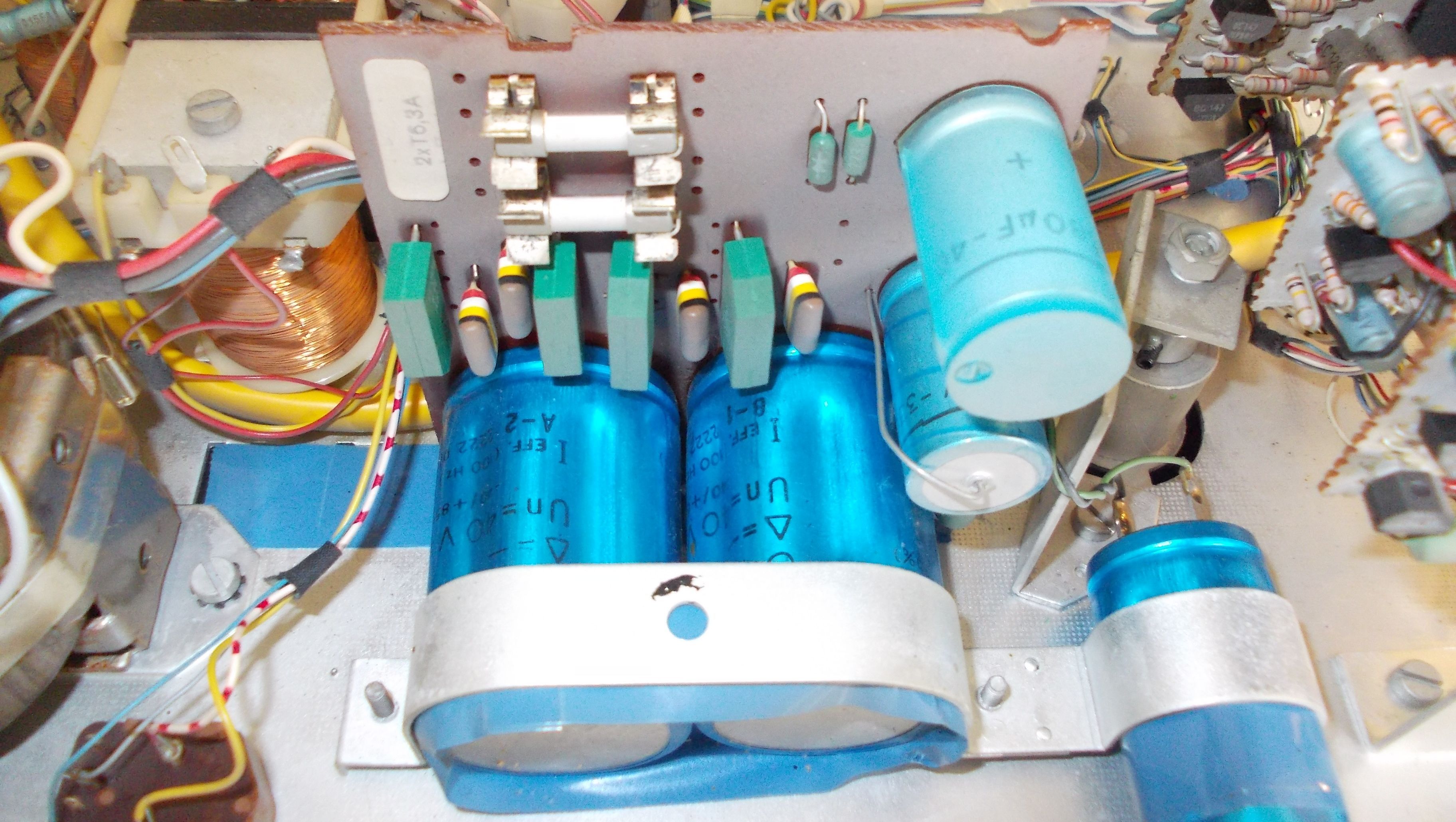
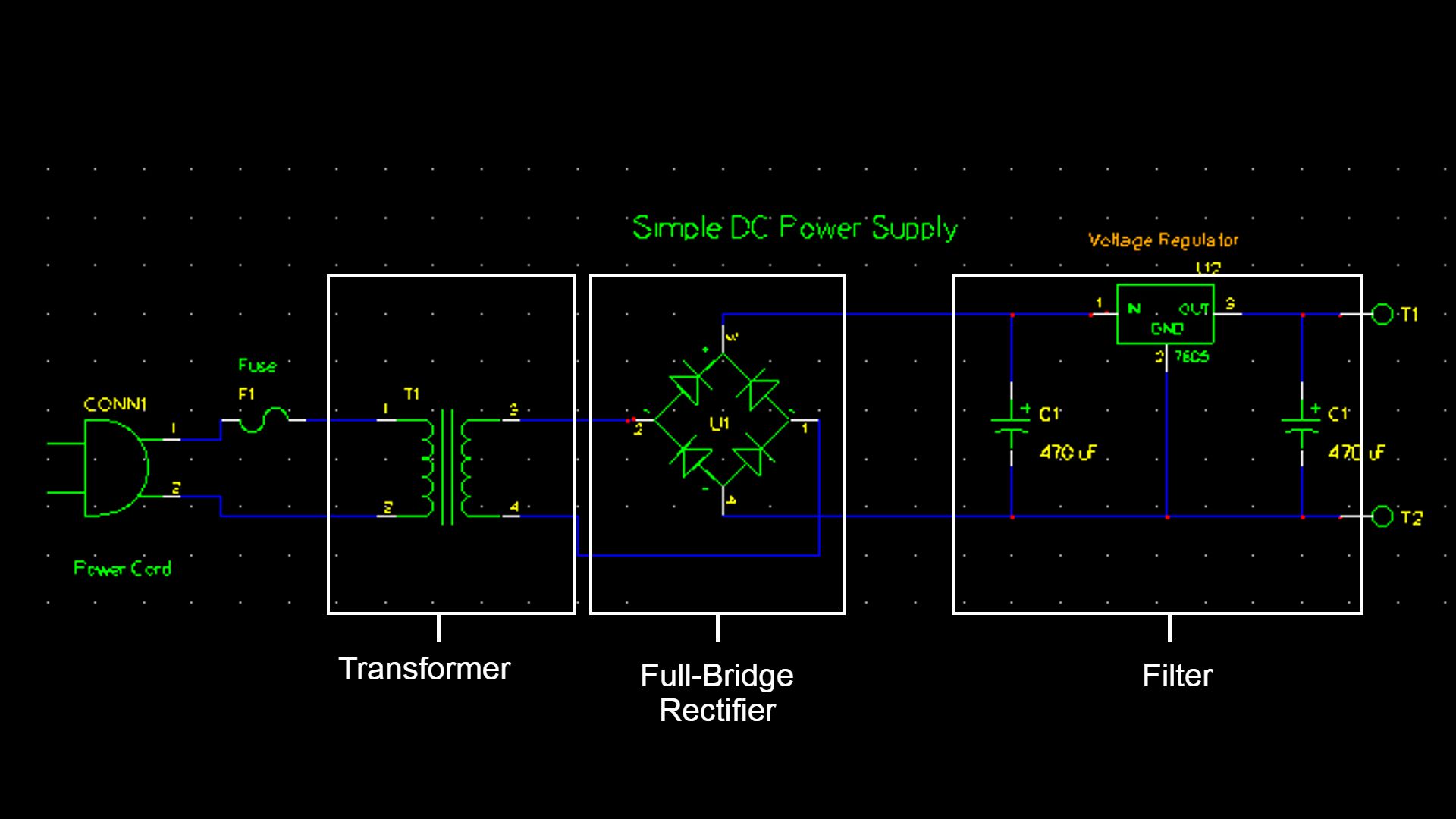
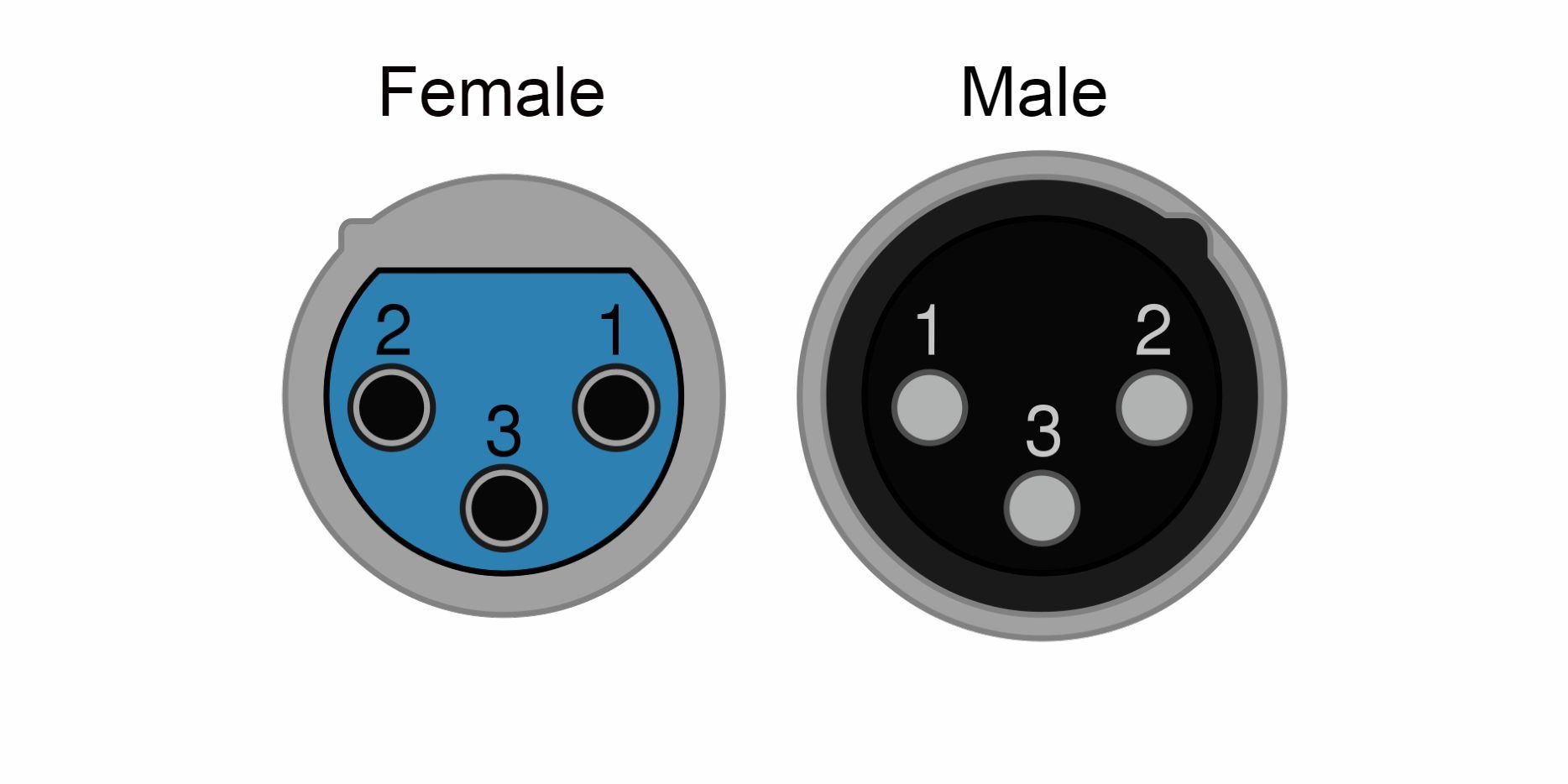
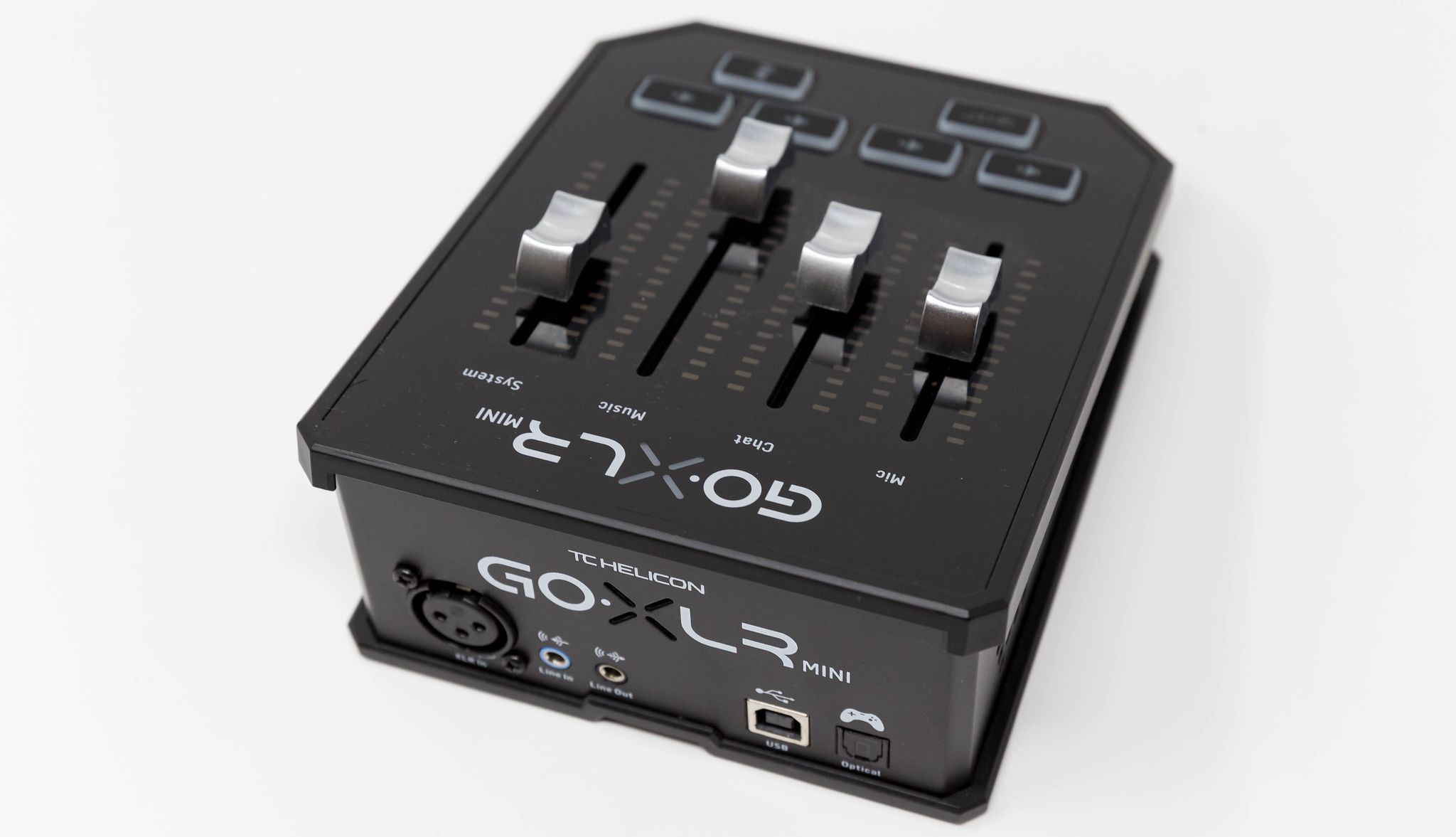
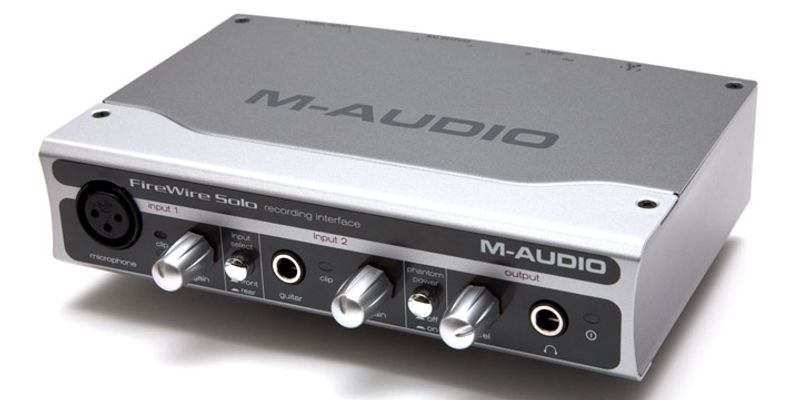
.jpg)